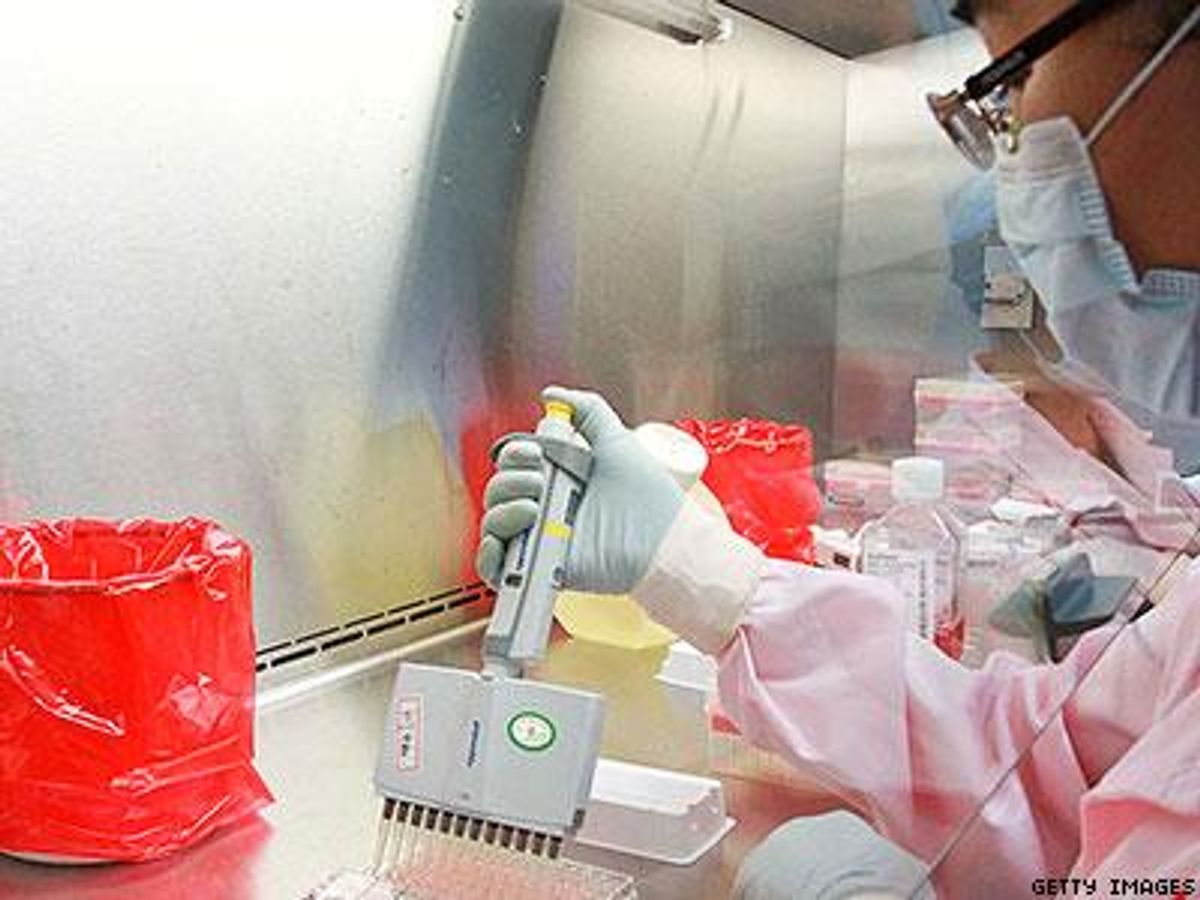A new study of HIV patients in China published in Clinical Infectious Diseases showed an increase of drug resistance is associated with long term antiretroviral treatment, specifically those treatments that are didanosine-based.
The results came from a systematic review and meta-analysis of 25 studies (12 cohort and 13 cross-sectional) concerning HIV drug resistance in China, according to a report by Healio.com.
The analysis showed that drug resistance in the cohort studies increased after the beginning of ART by 10 percent after 12 months and a staggering 80 percent after 72 months.
The cohort studies were further analyzed based on the use of didanosine in the ART regimen, what the primary treatment facility was, and how the HIV was transmitted.
There was a higher rate of drug resistance among those who had didanosine- based ART regimen (15 percent versus 5 percent).
In addition, the sub-analysis showed that there was higher drug resistance among those who contracted HIV via blood/plasma transfusions and those who received treatment at local clinics.
The cross-sectional studies showed a similar increase of 11 percent after 12 months, and 61 percent after 72 months.
The results are cause for concern and, according to researchers, are not unique to China. According to Healio:
“Although the overall pooled rates of HIV [drug resistance] in this analysis are by no means low, China’s HIV [drug resistance] problem does not appear to be more serious than other developing country settings,” the researchers wrote. “As China continues to build healthcare infrastructure, routine virologic monitoring and adherence support will be critical for controlling the emergence of drug resistance.”













































































